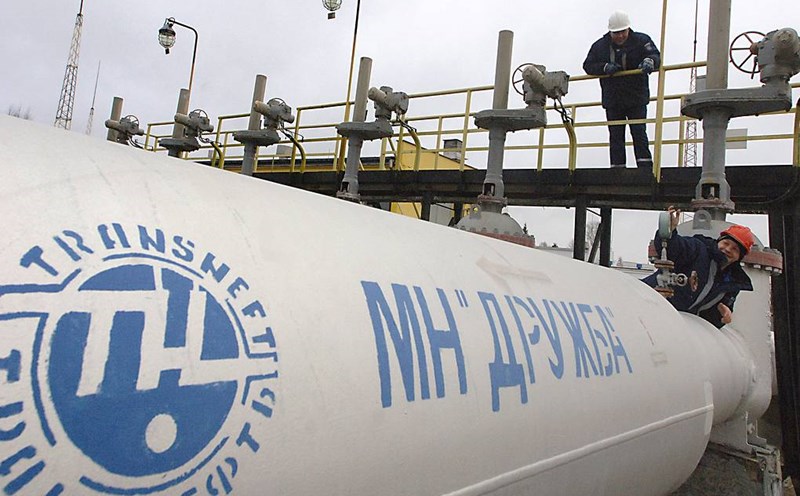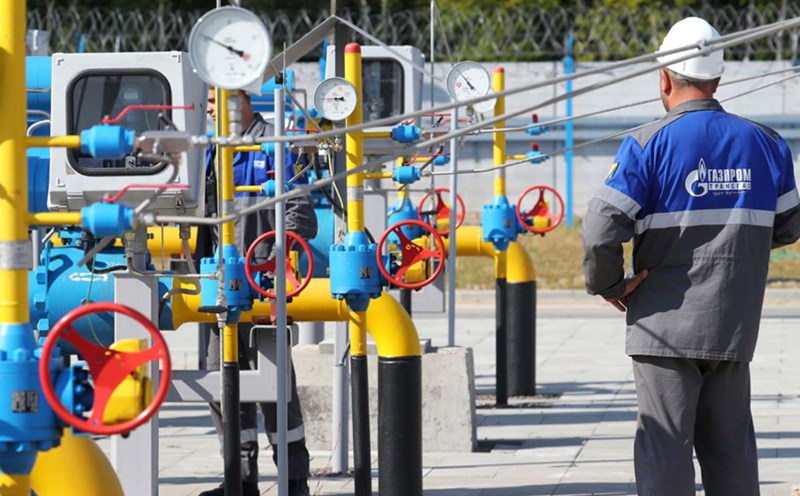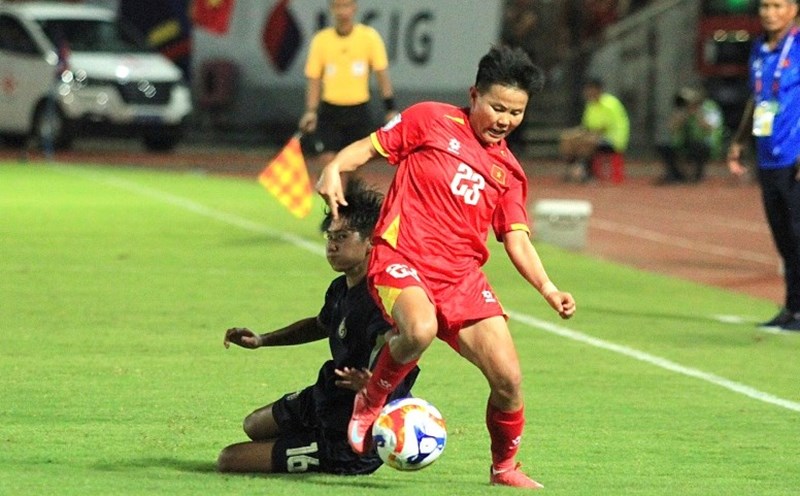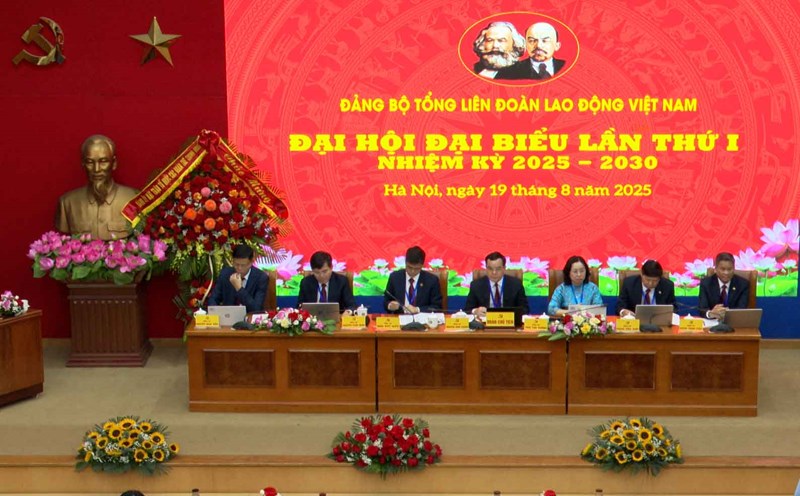Ukraine is facing one of the most difficult winters since the conflict began, when gas reserves fell to a record low in more than a decade. In that context, Norway has announced a nearly $100 million loan for Kiev to import gas, to help the country maintain a minimum energy source for the 2025-2026 winter.
Sergey Koretsky, managing director of Naftogaz National Energy Corporation, said the Norwegian government has approved a financial package worth 1 billion kroner (equivalent to $98.3 million) for Ukraine to buy gas. The money will be used for imports in the coming months, before the severe cold spell begins, Koretsky said.
A loan from Norway will help Ukrainians survive the winter and strengthen national energy security, Koretsky wrote on his personal Telegram account.
This is considered one of Oslo's important moves to maintain energy stability for Kiev, in the context that Ukraine has completely lost the ability to transit Russian gas to Europe since the beginning of this year.
According to energy consultancy EXPRO, gas reserves in Ukraine's underground warehouses are currently only at 32.3% of capacity, equivalent to about 10 billion m3, the lowest in the past 12 years. The Ukrainian Energy Ministry believes that to safely overcome the winter, at least 13.2 billion cubic meters of gas must be stored before November 1.
This means that within the next 3 months, Ukraine needs to import about 1.7 billion m3 of gas. However, domestic output cannot be compensated, while Naftogaz is facing a serious financial shortage. The group recently had to urgently borrow from Ukragasbank and Privatbank for a total of 9.4 billion hryvnia (about 225 million USD), just enough to buy about 400 million m3 of gas - less than 1/4 of actual demand.
After refusing to extend the transit agreement with Gazprom, Kiev has lost its transit fee revenue and has also completely cut off Russian gas flowing through its pipeline system. Since July, Ukraine has switched to imports for the first time via the crossing Balkan corridor - a gas pipeline from LNG ports in Greece, through Bulgaria, Romania and Moldova, then to the Odessa region.
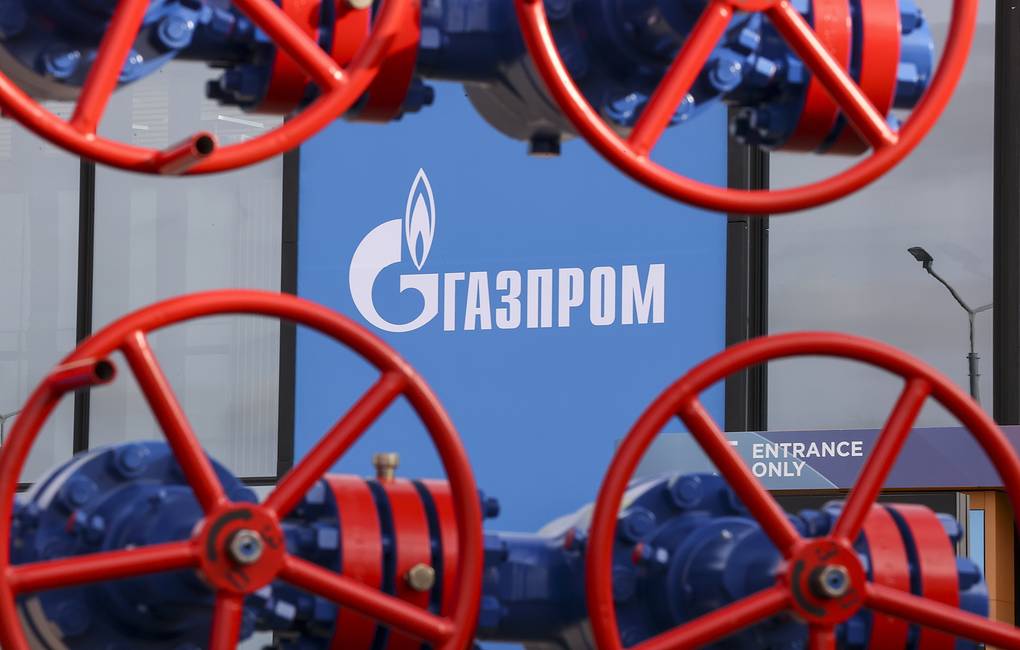
However, according to experts from the journal Ukrarudprom, most of the gas that Naftogaz currently buys still comes from Russia, indirectly imported through Slovakia and Hungary at a fairly high price increase. This is a big burden in the context of the exhausted national budget and businesses.
Earlier, on August 13, Ukrainian Prime Minister Yulia Svyrydenko announced that Kiev had signed an agreement with the European Bank for reconstruction and Development (EBRD) on a 500 million-uro loan for gas imports, guaranteed by the EU. Notably, this loan does not require a guarantee from the Ukrainian government, showing that the EU is directly reducing credit risks for Kiev.
According to observers, the $98.3 million package from Norway, combined with a 500 million euro loan from EBRD, is just a temporary "medicine to stop the bleeding". If this winter is harsh, Ukraine could still face the risk of a serious gas shortage, forced to allocate energy according to priority, greatly affecting people's lives and industrial activities.

